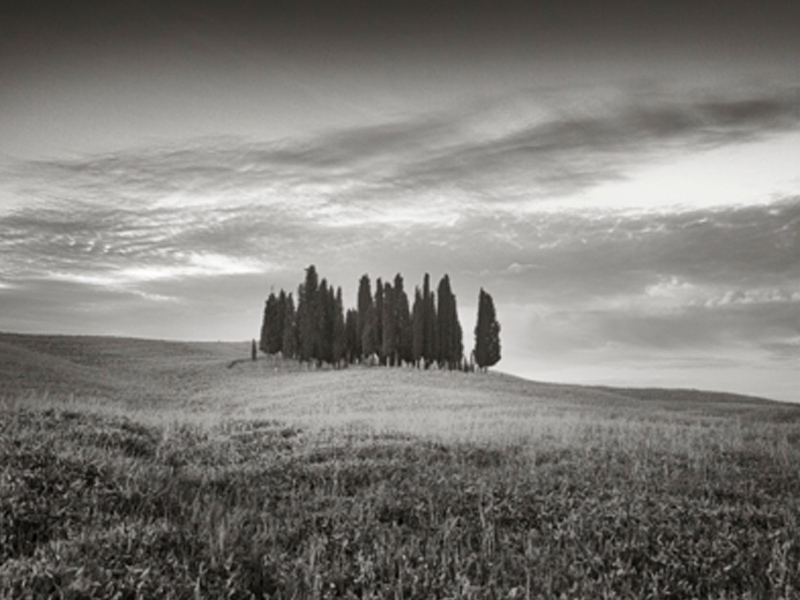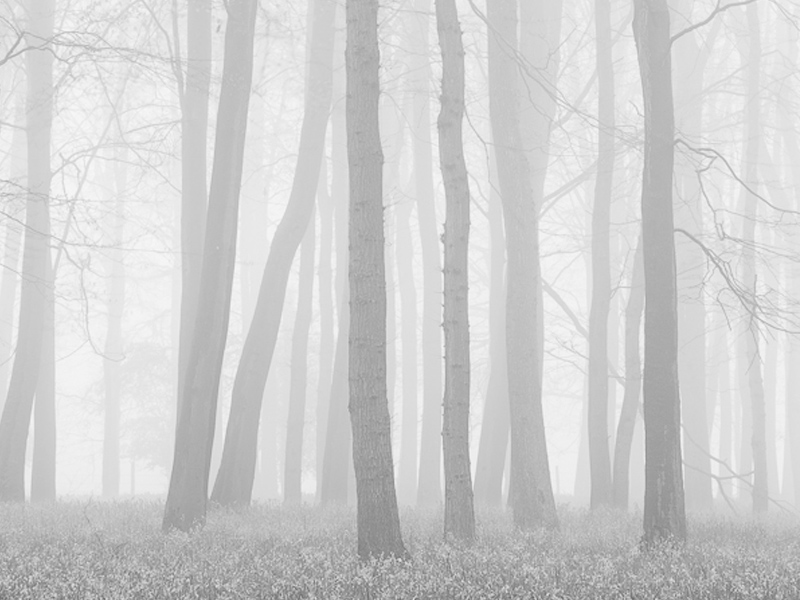

Lets get one thing really clear at the outset. This post is not a Canon verses Nikon post. I am a Canon user and this post will go some way to explaining why, but right from the beginning lets be clear, If image quality is the most important factor to you in camera choice right now, as a DSLR buyer then go right ahead and get yourself a Nikon D800. It is amazing. What you read in the reviews is right about the quality of the files it produces. Here, at last is a DSLR which produces files very (very) close to medium format quality. You will not be disappointed by the images you get from it as regards the way it handles colour, contrast or detail. You will be able to crop into images heavily and still be able to produce wonderful prints. It is a ‘game changer’.
Would I buy one? No.
Is that because I am biased? No.
Is that because I am heavily invested in Canon EOS lenses? No.
Is it because, in reality, I like blurry, soft, images and, in fact love analogue images more than digital? No.
Why then?
One word. Usability.
I work with workshop participants weekly. I work with every make of camera on the market they bring along. Every model. Without exception, Canon DSLR’s are the most user friendly cameras on the market today.
Let me give you some examples of issues I have with Nikon’s in particular which make them unusable FOR ME (but you might be fine with).
1. Exposure simulation in Live View. In both Canon and Nikon systems as you adjust the aperture or shutter speed while in Live View the monitor will get brighter or darker to simulate this for you, just as a helpful approximation, the affect of those changes on your image. Slow down the shutter speed and the screen gets brighter. Speed it up and it gets darker and so on. Except, and it baffles me as to why, but the Nikon designers decided tht this really useful feature should stop working when the shutter speed exceeds 2 seconds (6 seconds on some models). Yup, thats right. Do they think it is of no help to see what’s happening when light levels are so low that we need exposures longer than 2 seconds? What on earth possessed them to BUILD THIS IN? Canons on the other hand simulate the exposure right up to 30 seconds. Usability.
2. I would love a Nikon designer to explain to me why they decided you can’t see the light meter gauge superimposed on the Live View screen. You have to turn Live View OFF, and either put your eye to the eyepiece or switch on the “Quick Info” menu to see the Light Meter gauge. Baffling. Needless to say on the Canon it is viewable in Live View.(UPDATE: apparently, you can see some sort of light meter gauge by pressing the OK button in LV on some Nikon bodies, high end it seems, but not all. I will have to see exactly what this looks like next time I have a Nikon in my hands to assess)
3. Another completely unforgivable omission on a Nikon that I find unacceptable is that while you can focus in Live View mode, manually or automatically, you cannot use the depth of field preview button in Liew View to check you have focused on the correct point and have everything you require in sharp focus. Whereas, of course, you can on the Canons, even the most basic models.(UPDATE; I have, since writing this, found out that on the D3 and D800 models depth of field is simulated constantly in Live View. This seems to me to be a great feature. The only thing I would say is, in using D3’s and D800’s, the graniness of the monitor compared to those used by Canons is so bad that I hadn’t noticed that this was, in fact the case. So although I applaud the ‘feature’ It would be good, now, to improve the sharpness of the monitors on these cameras to make the feature useable)
By the time I get to point three I find that a Nikon is so frustrating to use I just refuse to consider buying one, no matter how good the image quality is over a Canon. I know that at some point Canon will release a full frame body which will rival or exceed the D800 in image quality. In the meantime I also know the 5D mk2 and 3 still exceeds any requirements for image quality my customers have ever required already, so they are not poor cameras. I can wait. I am baffled by those who have sold their (in my opinion) superior L EOS lenses and bodies to jump on the D800 bandwagon, seduced simply by image quality.
They certainly do have amazing, stunning image quality. No doubt about that whatsoever. But I wonder how many are secretly fuming and regretting the move. Furious that they didn’t realise how poorly designed the Nikon’s are and how frustrating they are to use to to those who are used to the amazing usability and functionality of Canons EOS range? I wonder how many stand behind the D800 in low light in turmoil wondering if they have the depth of field they need? Remembering how easy it was to check on a Canon? Annoyed about yet again having to turn off Live View and turn on another screen just to make exposure adjustments, while reminiscing at how easy it was back in the day when they had a Canon? And more money in their bank account?
If you are a Nikon owner, please don’t get me wrong. They are superb cameras that will give you years of great service. If you have never owned a Canon you probably haven’t even noticed these issues and have no problems using your camera. My comments are aimed more at Nikon themselves or these design flaws and at Canon users, especially high end 1ds and 5d users who are being seduced away from Canon by the IQ of the D800. It is these I am urging to think again.
(UPDATE:Since writing this, I have have had others raise issues to do with Nikons being difficult to operate with gloves on, compared to Canons, issues to do with how complex and baffling their menu systems are, that in Live View the D800 drops to just 4 frames per second, the inexplicable AF/MF switch on Nikons etc, etc, etc. I am sure there are many more. For me the functions I have mentioned are just those that would affect the way I use a camera the most. All cameras have their foibles and I know Canons have some of their own too. I also wanted to add that if you don’t use a camera in the way I do, maybe the features I have discussed may have no impact on your choice of body manufacturer, which is fine. I just felt I had to flag up certain things about Nikons which most users do not become aware of until after they have spent a huge amount of money buying into a system of bodies and lenses and are pretty much tied into for the foreseeable future. I just wanted you to go in with your eyes open).
So if you are thinking of switching systems, think long and hard. Don’t just consider IQ. Think about usability and functionality. If you are thinking about buying a DSLR for the first time, think about the same things too. The decision you make now will tie you in to a system, potentially for many years to come.
It’s not all about megapixels. It’s about usability, so that operating the camera becomes simple and invisible. Thus your mind is free to concentrate on what is really important. Composition. Timing. Light. Art. Not faffing about with a bit of kit that just frustrates you.






